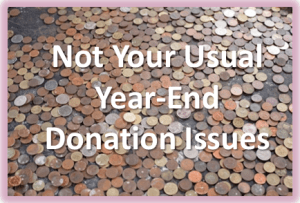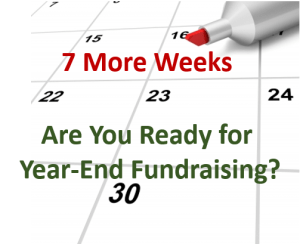‘No-Show’ Events: Don’t Assume your Donors are Hermits
 Thinking about doing a “non-event” event where no one has to attend? It sounds great on the face of it. After all, Penelope Burk’s research revealed that many donors reported they like to receive invitations to events; they just prefer not to attend them. Win/win?
Thinking about doing a “non-event” event where no one has to attend? It sounds great on the face of it. After all, Penelope Burk’s research revealed that many donors reported they like to receive invitations to events; they just prefer not to attend them. Win/win?
Not so much. It depends why you’re hosting the event in the first place. If it’s your only method of fundraising for the entire year, then fine. Go right ahead. Whether folks attend or not doesn’t much matter. You’ve made your single annual ask, received your gift and you’re done. All you wanted was money. Once. Right? Hold on!
Details








